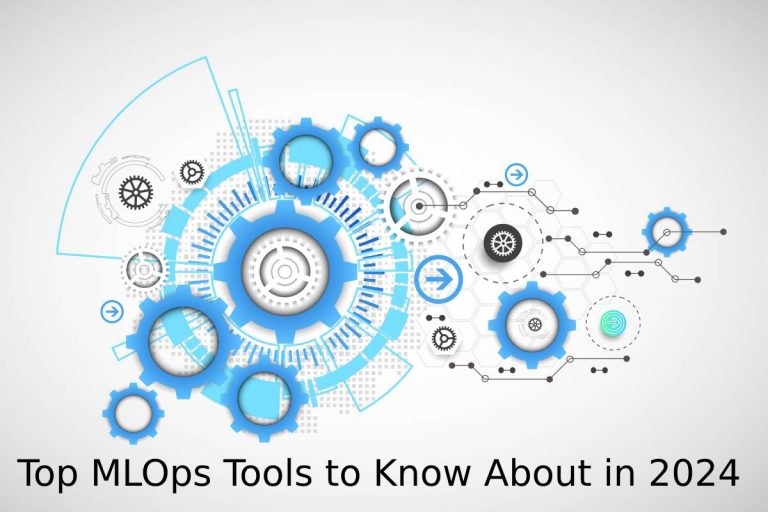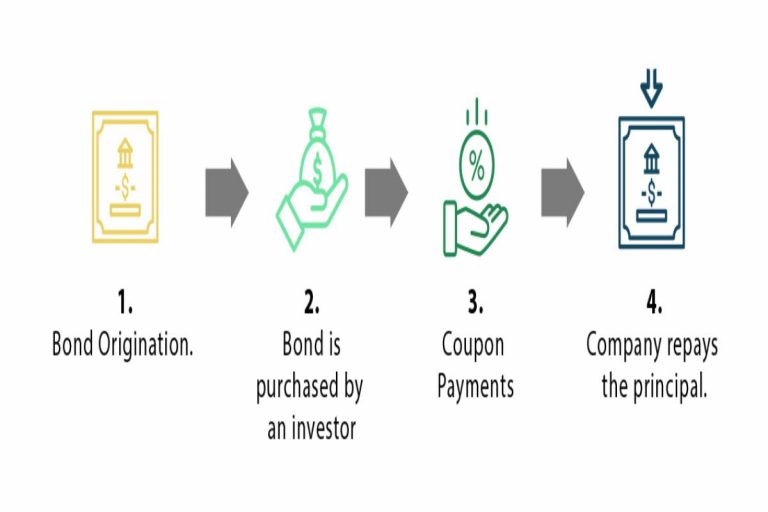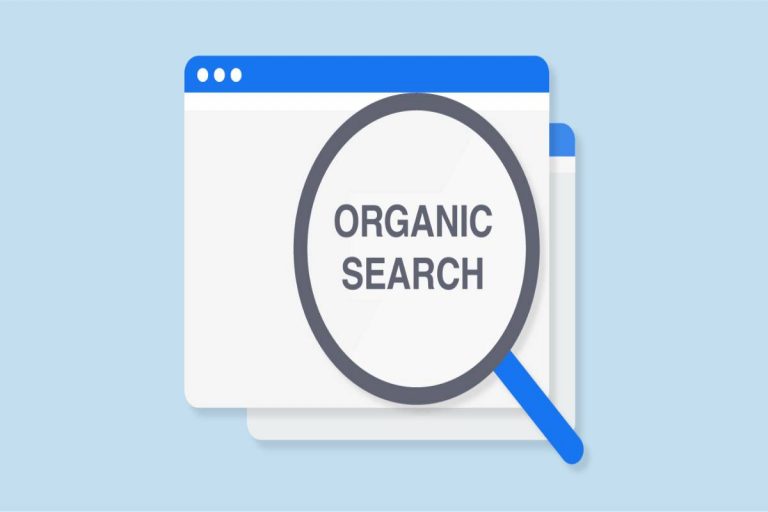As a home service business owner, traditional marketing methods can drain your budget. On the other hand, the sheer number of social media platforms is overwhelming. But when used correctly, social media is a powerful tool. You can reach your ideal customers without breaking the bank. Social media helps you build trust and increase your bookings.
This article outlines five effective strategies to transform your social media presence.
Table of Contents
1. Choose Your Platforms Wisely
Your time is valuable. Don’t waste it on platforms your customers don’t use. Instead, focus your efforts where they’ll make the biggest impact. Identify where your ideal customers spend their time online.
For home service businesses, certain platforms stand out. Facebook is a great all-around option. It has a large user base and robust advertising tools. Instagram is perfect for showcasing your work visually. Nextdoor helps you connect with people in your local community. Pinterest is ideal if your services have a strong visual element, like landscaping or interior design.
These platforms offer unique benefits for home service businesses. Instagram’s visual nature lets you highlight your stunning projects. Nextdoor’s local focus helps you build relationships with potential customers in your neighborhood.
2. Create Compelling Content
Your content should go beyond the basics. While “before and after” photos are important, they’re not enough. Think outside the box to capture your audience’s attention.
Share glowing customer testimonials. Give a behind-the-scenes look at your projects. Offer helpful tips and tricks related to your services. Showcase your involvement in the local community. This varied content will resonate with potential customers on a deeper level.
Remember, different formats appeal to different people. Use high-quality images of your finished work. Videos can bring your services to life. Live streams allow you to interact with your audience in real-time. Reels and stories offer a more casual way to connect. Experiment with these formats to see what works best for your business.
Home services marketing companies can help you with content creation and distribution if you’re short on time and you want to focus on your core business.
3. Engage With Your Audience
Social media isn’t just about broadcasting your message. It’s a conversation. Engage with your audience to build relationships and trust.
Respond to comments and messages promptly. This shows you value your customers’ input. Ask questions to spark discussions. Run polls to gather opinions and feedback. Host contests or giveaways to generate excitement.
Don’t be afraid to join relevant groups or communities. Participate in discussions, offer helpful advice, and position yourself as an expert.
4. Leverage Paid Advertising
Organic reach is great, but sometimes you need an extra boost. Paid advertising can expand your reach significantly. You’ll get your message in front of a larger audience who might not have found you otherwise.
Consider using Facebook Ads, Instagram Ads, or promoted posts on Nextdoor. These platforms offer powerful targeting options. You can reach people in your local area who are likely interested in your services.
Don’t worry about spending a fortune. Start with a small budget. Test different ad formats to see what resonates with your audience. Track your results carefully so you can adjust your strategy as needed.
5. Track Your Success
Numbers don’t lie. They tell you what’s working and what’s not. Monitor your social media analytics regularly. This data is invaluable.
Track your reach. See how many people your content is reaching. Measure your engagement. Are people liking, commenting, and sharing your posts? Keep an eye on website clicks and conversions. Are your social media efforts leading to more business?
Use these insights to refine your strategy. If a certain type of content performs well, create more of it. If a platform isn’t delivering results, consider shifting your focus.
Social media management tools can simplify this process. They offer detailed analytics and help you schedule posts in advance. This frees up your time for other important tasks.
Conclusion
Social media can revolutionize your home service business. But it requires a well-thought-out plan. The tips above will help you see tangible results in your social media outreach efforts.
To further elevate your social media game, consider partnering with local influencers. They can introduce your business to a wider audience and enhance your credibility. Investing in professional photography or videography will make your visuals stand out.
Remember, social media is constantly changing. Stay informed about the latest trends and adapt your strategy accordingly. This will ensure your business remains competitive in the digital landscape.








